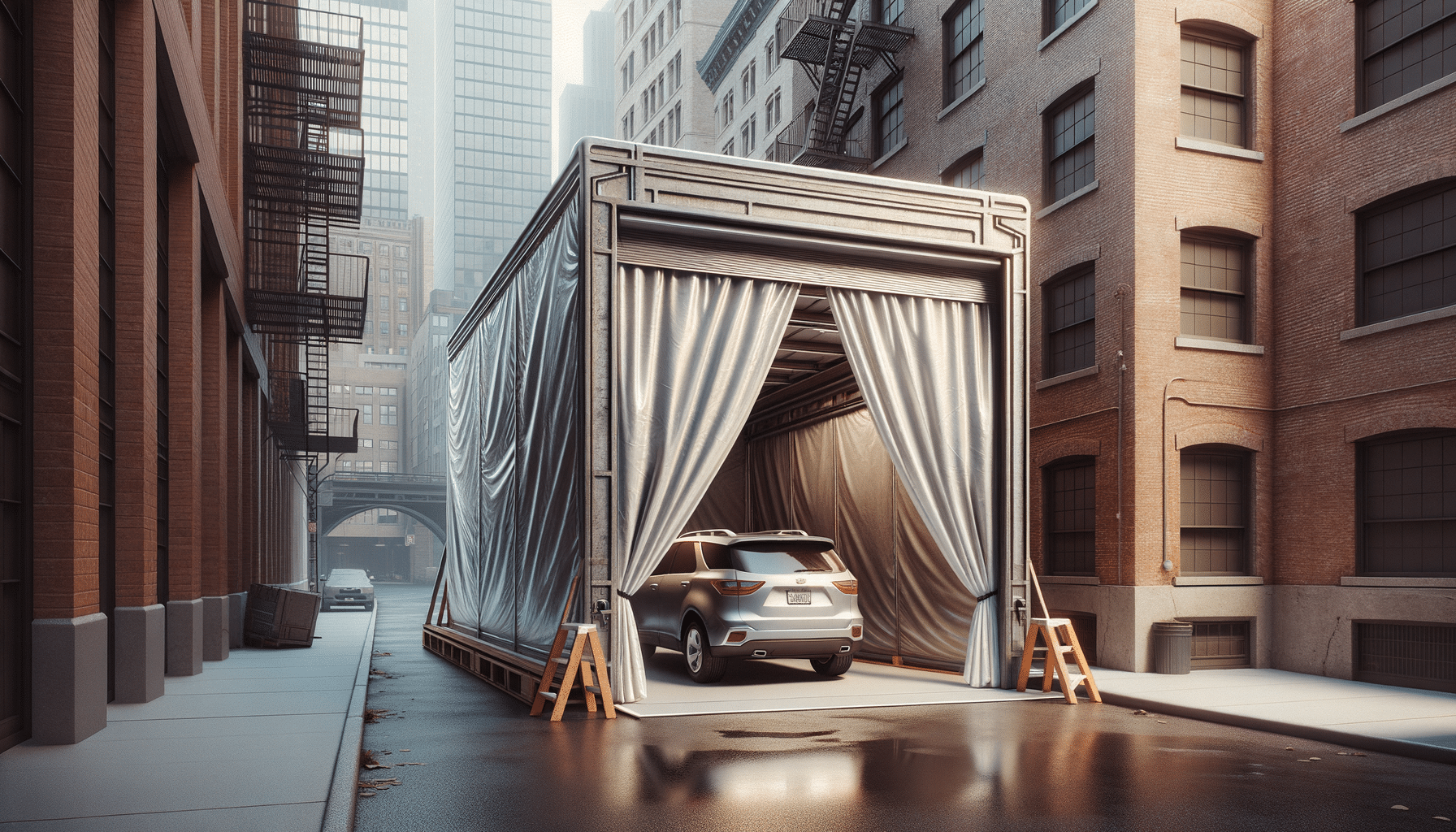
Guide to Foldable Garages for Compact Urban Spaces
Introduction to Foldable Garages
As urban landscapes continue to densify, the demand for innovative solutions to space constraints grows. One such innovation is the foldable garage, a concept that marries convenience with practicality. These portable structures are designed to offer a protective shelter for vehicles without the permanence and space requirements of traditional garages. In bustling cities where every square foot counts, foldable garages emerge as a practical alternative. Crafted from durable, weather-resistant materials, they offer protection from environmental elements like rain, snow, and UV rays. Their modular design allows for easy assembly and disassembly, making them a perfect fit for seasonal use or temporary needs. Available in various sizes, they cater to different vehicle types, from motorcycles to SUVs.
Benefits of Foldable Garages
Foldable garages provide numerous benefits that align with the needs of urban dwellers. Firstly, their portability is a significant advantage. Unlike fixed structures, these garages can be relocated and stored with ease, offering flexibility in space management. This feature is especially useful for renters or those who frequently move. Secondly, foldable garages are cost-effective. Constructing a traditional garage can be a substantial financial commitment, not to mention the time and permits involved. In contrast, foldable garages require a minimal initial investment and no additional construction costs. Furthermore, they offer a level of protection that is often underestimated. By shielding vehicles from harsh weather conditions, they help maintain the exterior and interior quality of the vehicle, potentially extending its lifespan.
Materials and Construction
The effectiveness of a foldable garage largely depends on the materials used in its construction. Typically, these garages are made from robust, weather-resistant fabrics such as polyethylene or PVC, which provide excellent protection against water and UV rays. The frames are usually constructed from lightweight metals like aluminum or steel, offering stability without adding excessive weight. This combination of materials ensures that the garage is both durable and easy to handle. The assembly process is straightforward, often requiring no more than a few basic tools. Many models come with pre-drilled holes and snap-together components, simplifying the setup for even the most novice users. Their design is often modular, allowing for customization in terms of size and shape to fit specific needs.
Choosing the Right Foldable Garage
Selecting the appropriate foldable garage involves considering several factors. Firstly, the size of the vehicle is paramount. It’s crucial to choose a garage that provides ample space for not only the vehicle but also for easy access around it. Secondly, consider the climate of your area. If you live in a region with heavy snowfall or intense sun exposure, opt for a garage with enhanced durability and UV protection. Additionally, ease of assembly should be considered. Some models are more user-friendly than others, with features like color-coded parts or tool-free assembly. Lastly, budget constraints will play a role in your decision. While foldable garages are generally more affordable than permanent structures, prices can vary based on size and material quality.
Conclusion: Embracing Flexibility in Urban Living
Foldable garages represent a shift towards adaptable living solutions in urban environments. Their ability to provide a secure, protective space for vehicles without the need for permanent construction makes them an attractive option for city dwellers. As cities continue to evolve, the need for flexible, space-saving solutions like foldable garages will likely increase. For those looking to protect their vehicles while maximizing available space, these portable shelters offer a practical and efficient solution. By investing in a foldable garage, urban residents can enjoy the peace of mind that comes with knowing their vehicles are safe from the elements, all while maintaining the flexibility needed in a dynamic living environment.


